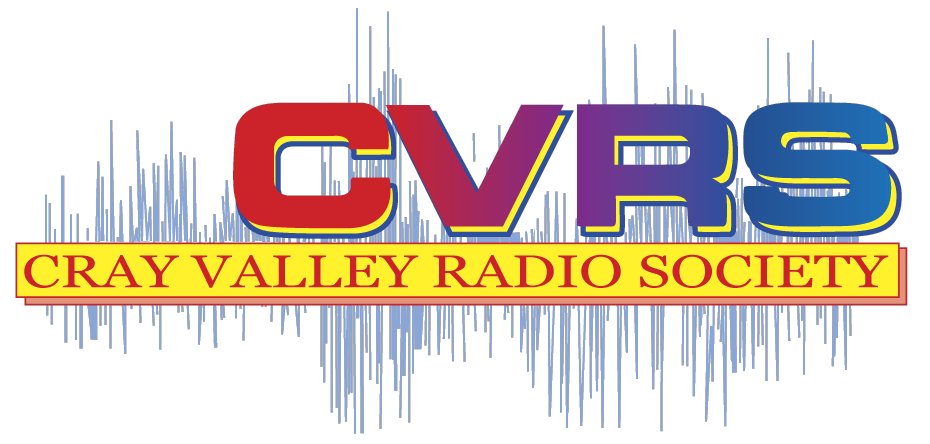What is Amateur Radio?
Amateur radio is a very popular hobby with enthusiasts worldwide. There are more than 50,000 active licensed radio amateurs in the UK. For more information about amateur radio, visit the Radio Society of Great Britain’s website – RSGB.
Amateur radio operators (‘radio hams’) are able to make short-wave radio contact with fellow enthusiasts all around the world. Unlike Citizens Band, which was introduced in the 1980s and intended to provide short-range personal communication, radio hams use their knowledge of short-wave propagation and antennas to make contacts around the world, often using no more radio power than 100 watts – the same as a domestic light bulb.

There are many facets to the hobby of amateur radio. Some people use it to keep in regular contact with friends or family living far from home. Some spend most of their time on the air contacting as many countries as possible and communicating with many exotic locations world-wide: there are over 330 different countries to be contacted.
On the higher frequencies, VHF and UHF can be used for short-range communication either directly or via repeaters built and maintained by groups of hams. Alternatively, longer distances can be covered, and some even use the Moon as a passive reflector to make contacts over very long distances using a technique called ‘moonbounce‘.
Others concentrate on designing or constructing equipment or antennas, while some get involved with emergency communications following disasters, such as hurricanes or floods. Through their hobby, most radio hams gain an insight into the people and cultures of other countries, and for young hams it can open up a path into a career in electronics or communications.
There are many facets to amateur radio, and while many operators are content to comminucate by voice or morse-code, other modes of operation are available, including television (see the British Amateur Television Club) and data modes. Comminication is also possible via satellite (see AMSAT UK), and internet-assisted digital modes.

In order to become a radio ham, a level of proficiency needs to be demonstrated usually by passing an examination to gain an amateur radio licence. Visit our “How to get a licence”page for more information.
